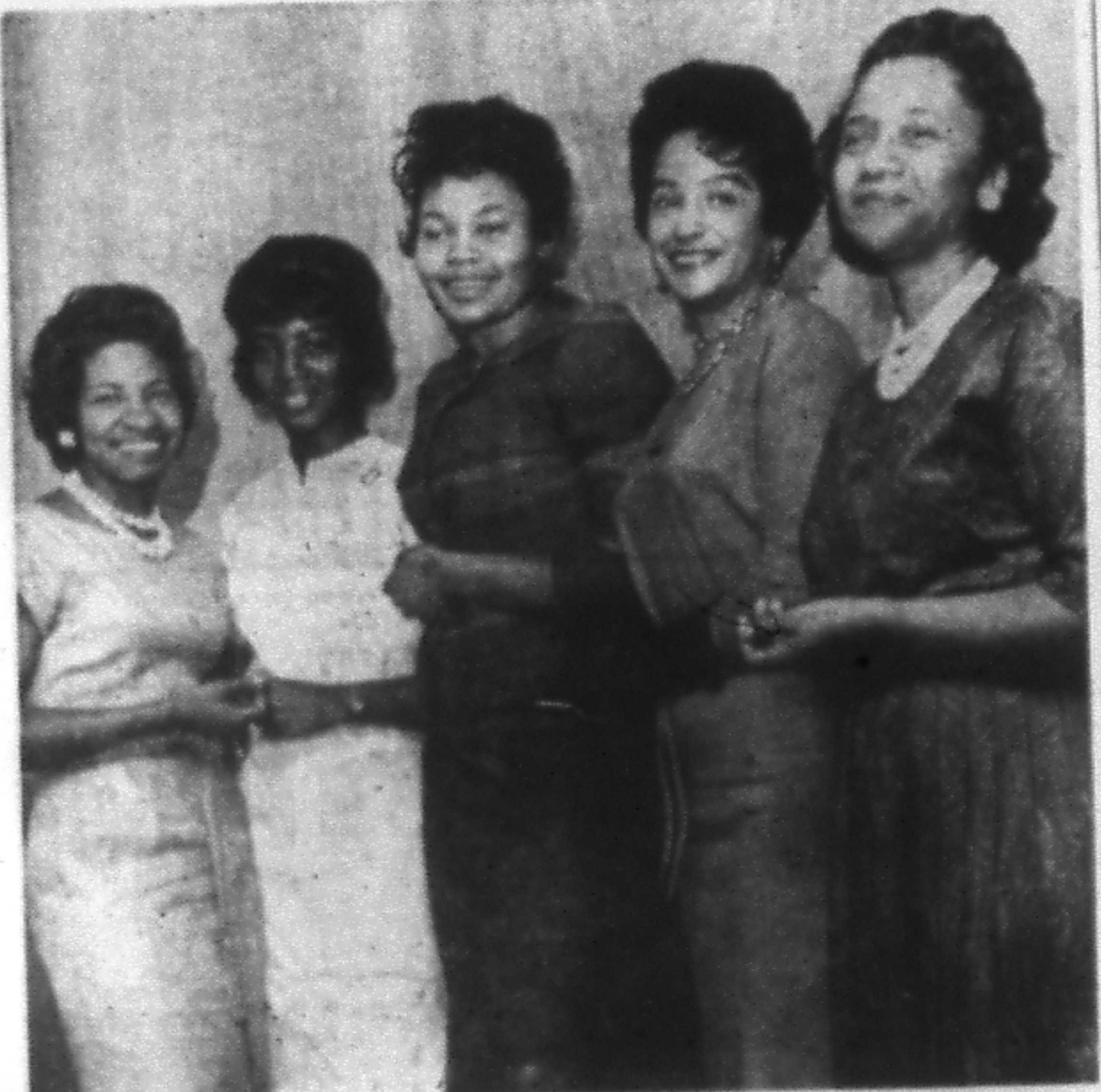Kerner Commission and Trenton’s History
The summer of 1967 will go down in history as being one of the most chaotic and devastating times in American History. During a two-week period in July 1967, racial tensions rose causing chaos in the streets of Newark and then Detroit. On July 28, 1967 President Lyndon B. Johnson created the Kerner Commission to try and find out what happened, why it happened, and what can be done to prevent it from happening again. Their findings, laid out in a detailed report known as “The Kerner Report”, suggested that among racial profiling, lack of opportunity, redlining, and feeling powerless and disenfranchised, minority misrepresentation in the news was among one of the leading causes of these.
The purpose of this site is to present real content from news publications in Trenton that illustrate the criticisms mentioned in the Kerner Report. From the 1960s to the 1970s, news in Trenton changed in terms of how stories were written, who was included in stories, and what was written about.
The biggest difference from Trenton Evening Times and The Trentonian from the 60s to the 80s is the witnesses accounts and details of each story. From these findings, it appears that there was not any taboo subject in particular that was not reported. Even before 1968/1967, African American people were represented. However, the way the stories were reported on and written was written about in a very “hard news” kind of style. It just explained what happened and would seldom offer a quote from any of the people involved. This lack of perspective was interesting to note, especially when reading the more shocking articles.
These stories do report radical events, and racist acts. However, the lack of perspective from the people involved in these events detracts from the story itself. Take a look at this historical timeline from The Trentonian and Trenton Evening Times:



Leave a comment
You must be logged in to post a comment.